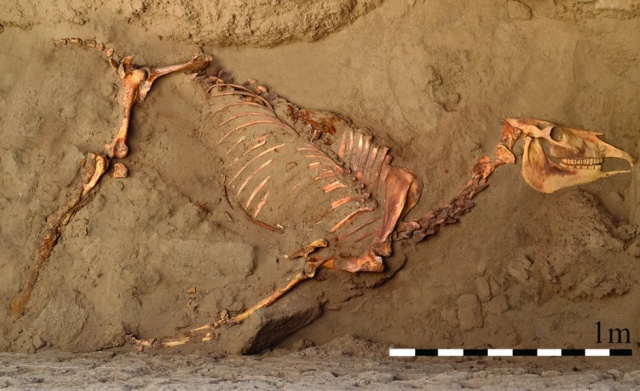
Ageism : noun “prejudice or discrimination on the basis of age”
In the bloodstock world, there is often a suspicion of any stallion out of their teens. Supporting this theory, a friend recently mentioned that even Sadler’s Wells had no Group 1 winner from his last three crops. Is this just coincidence (and a very small sample size) or are older sires less effective? A quick internet search, didn’t reveal any serious research on the subject (please let me know if I missed something). Without proper data, we are in the realms of speculation but I am happy to speculate….
My own thoughts are as follows:
- Perceptions matter and if people doubt older stallions, then it could become a self-fulfilling prophecy. Owners of high quality mares may be wary of visiting older stallions and this well lead to weaker crops, reduced success and ‘prove’ the theory.
- Owners of high quality mares may be wary of visiting older stallions if their fertility is lower. Their is a natural decline in fertility as stallions age, so it could be a legitimate risk aversion to ensure the best chance of getting their mares in foal. However again the behaviour of the mare owners will end up ‘proving’ the theory.
- Owners of high quality mares may be wary of visiting older stallions not because they doubt them but because they worry that many buyers have that bias against older sires. Breeders can’t ignore the marketplace. Again a weaker book will lead to less success on the track.
- If the market does reduce the value of the offspring of older sires then those offspring will tend to go to fewer top end trainers. This could reduce the actual level of success.
- Older stallions are probably covering a number of older mares who are trying to replicate a previously successful mating with that stallion. We do know that the progeny of older mares (specifically mares who have had more foals) are less successful than younger mares (albeit not as much of a difference as some people think). If a stallion covered the same 100 mares for ten consecutive years, I would expect a decrease in the number of stakes performers in the later crops due to the ageing of the mares, not the ageing of the stallion.
- Later crops by stallions are competing against grandchildren of the same stallion. This years St Leger was a good example as Galileo’s best finisher was the third place horse, Nayef Road. The first two places were filled by his grandsons in Logician (by Frankel) and Sir Ron Priestley (by Australia). Similarly, when Galileo sired the first three home in the 2006 St Leger (Sixties Icon, The Last Drop and Red Rocks) the next two home were sons of Sadler’s Wells in Ask and Tusculum).
- As for Sadler’s Wells last few crops, it is true that his success dimmed near the end. However, it is also worth remembering that Sadler’s Wells himself was part of a crop of 31 foals by Northern Dancer in 1981- so Northern Dancer was 20 when they were born. From those 31 foals there was Sadler’s Wells, El Gran Senor, Secreto and Northern Trick so not bad for an old sire! Mr Prospector also did well in his latter years- his only Kentucky Derby winner, Fusaichi Pegasus, was born when Mr Prospector was 27.
Conclusion: Without proper data, it’s hard to be dogmatic on the subject. A simple crop by crop analysis with the percentage of black type winners in each crop isn’t sufficient. The quality and age of the mares in each crop would also have to be included in calculations. In humans, research on the children of older fathers shows some negative correlations so it is plausible that this would apply in horses also. If there is a negative correlation in horses, I think it would be slight and might perhaps be overestimated by the market. If that is the case, there could be some value to be had at the sales. One man’s prejudice, can be another man’s opportunity…….